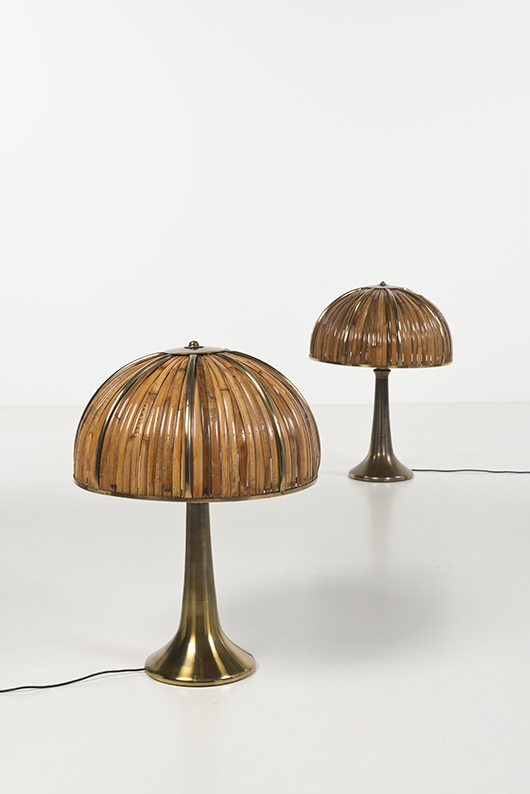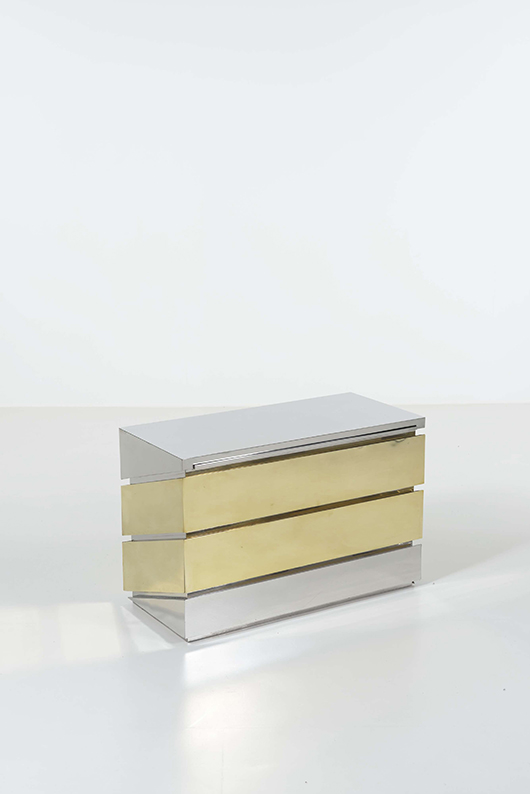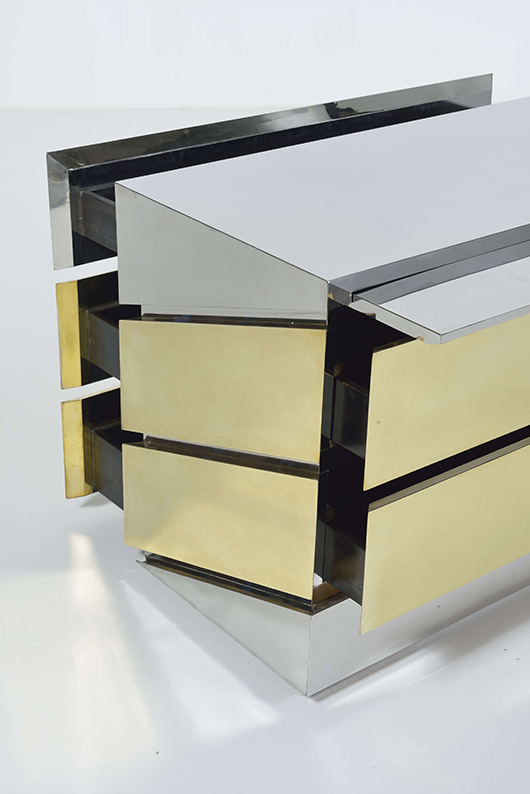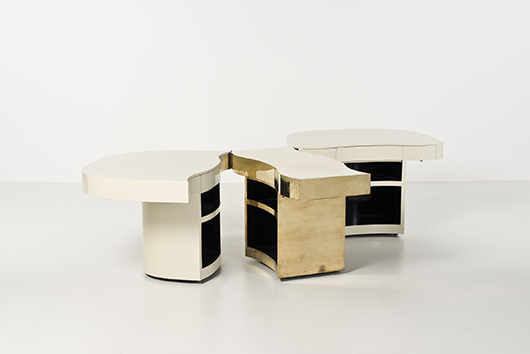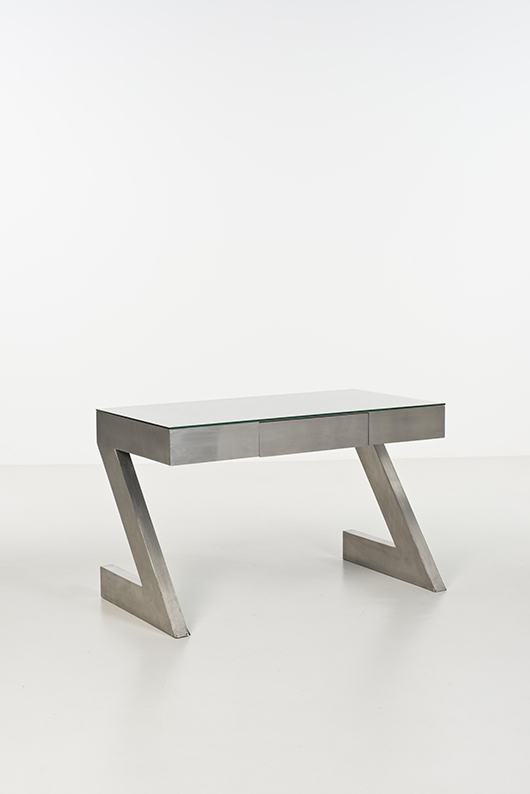
Who is Gabriella Crespi?
Gabriella Crespi is an Italian designer, artist, socialite and fashion muse. Born in 1922, she grew up in Tuscany, near Florence, before studying architecture at the Politecnico in Milan, where she discovered Le Corbusier and Frank Lloyd Wright. She married into one of Italy’s wealthiest families, who owned the Corriere della Sera and a textiles empire. From Rome and Milan she hired the finest craftsmen to produce her designs.
Why is she important in design history? What does her work represent?
Gabriella Crespi has always conveyed an art de vivre in tune with her times, full of freedom and pioneering bohemian chic: a mix of 1970s aspiration and Italian tradition. Although her style goes perfectly with materials like wood, bamboo, mirror and Plexiglas, Gabriella Crespi’s most characteristic designs are in metal – notably brass. All of Crespi’s designs place as much importance on aesthetics as on functionality, or even multifunctionality. Coffee tables are raised in height, bookcases are transformed into partitions, chairs turn into beds … .
What inspires her? Who are her mentors?
She finds her inspiration in the forces of nature in which she senses a symbolic value. On these solid grounds she established her life plan. When asked about her masters, she mentions a number of great figures in the world of architecture such as Frank Lloyd Wright in whom she sees the proximity with the vernacular spirit in Taliesin West, where he grounded his teaching on the observation of the truth of large open spaces and devised his Prairie houses to serve man and his family. Le Corbusier is also among her models. She likes his habit of collecting objects, whether seashells or driftwood. With simple gestures he composed his art as a painter and architect. In him she appreciates the way he took nature as a model, the way he captured light, his bold lines and minimalist approach.
How many objects do you offer and what are the price ranges?
The auction offers 75 objects from €600 to €40,000 ($750 to $50,000) .
Where do the objects on sale come from?
The objects on sale come from different private collections and all the lots have been certified by the Gabriella Crespi’s archives.
What are the most important objects on sale and why are they significant in her production?
The convertible, three-part dining table, from her celebrated Yang Yin series designed in 1979, is a perfect blend of brass and lacquered wood (est. €20,000-30,000). A fine example is provided by her ingenious, twin-opening Mr-Mme commode (est. €20,000-30,000), as the iron and brass bed Sheherazade (est. €30,000-40,000) Other sale highlights include a bamboo and brass Fungo lamp from her Rising Sun series (est. €5,000-7,000), and her 1976 Tavolo Scultura coffee table (est. €20,000-30,000). For the collection of sculptures, the sale offers the elegant, hand-chased silver-plated Ostrich, with a veritable ostrich egg (est. €2,500-3,000).
Are Gabriella Crespi’s objects frequently on the market?
The market does not offer much of Crespi’s works. Most of her works were produced in limited editions and have been rare and highly sought-after since the 1970s – and are all the more so today. Her designs are rare and were mostly the result of special commissions.
Do you know any museums or private collections that include her work?
Unfortunately, Gabriella Crespi’s work is still under-represented in the major international museum collections, even though she was exhibited in institutions such as Palazzo Reale in Milan. Her work is, however, part of many important private collections everywhere in the world, especially in the U.S.
Why did you choose “Timeless” as the title of the sale?
Even though Gabriella Crespi mainly produced pieces in the ’60s and ’70s, her work has managed to cross the decades in a very impressive way, with the same strength and spirit of innovation. Forty years later, her creations remain timeless, as well as her great beauty. Gabriella has become a timeless icon.
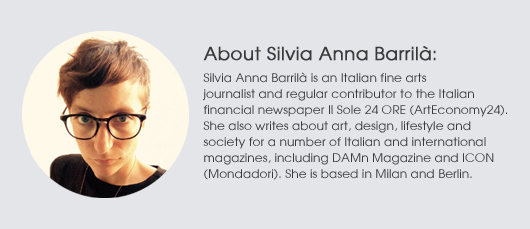
ADDITIONAL IMAGES OF NOTE
